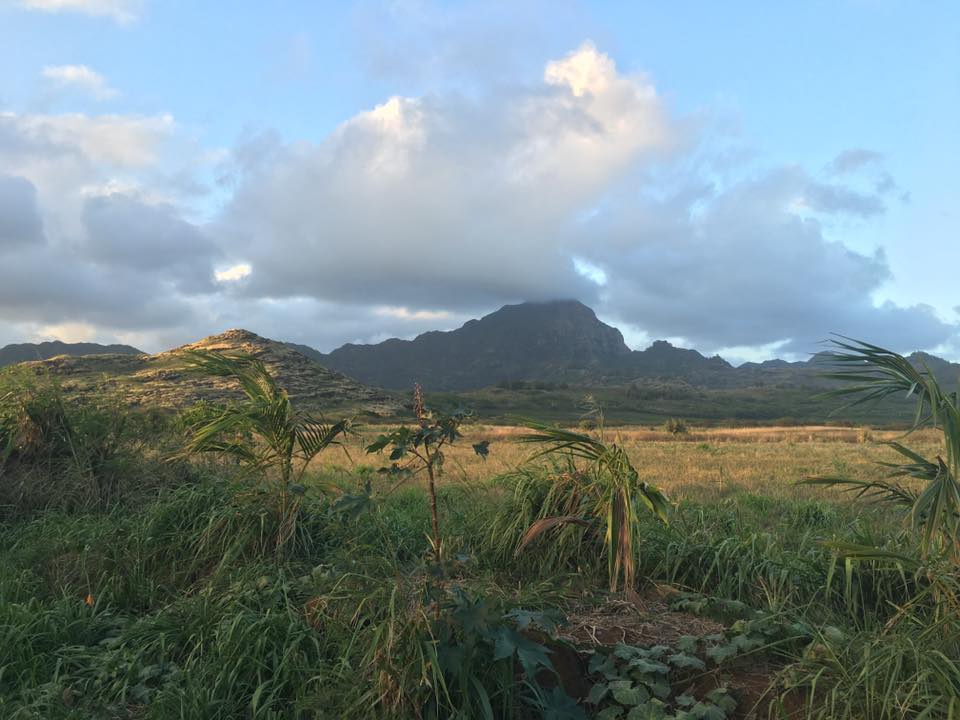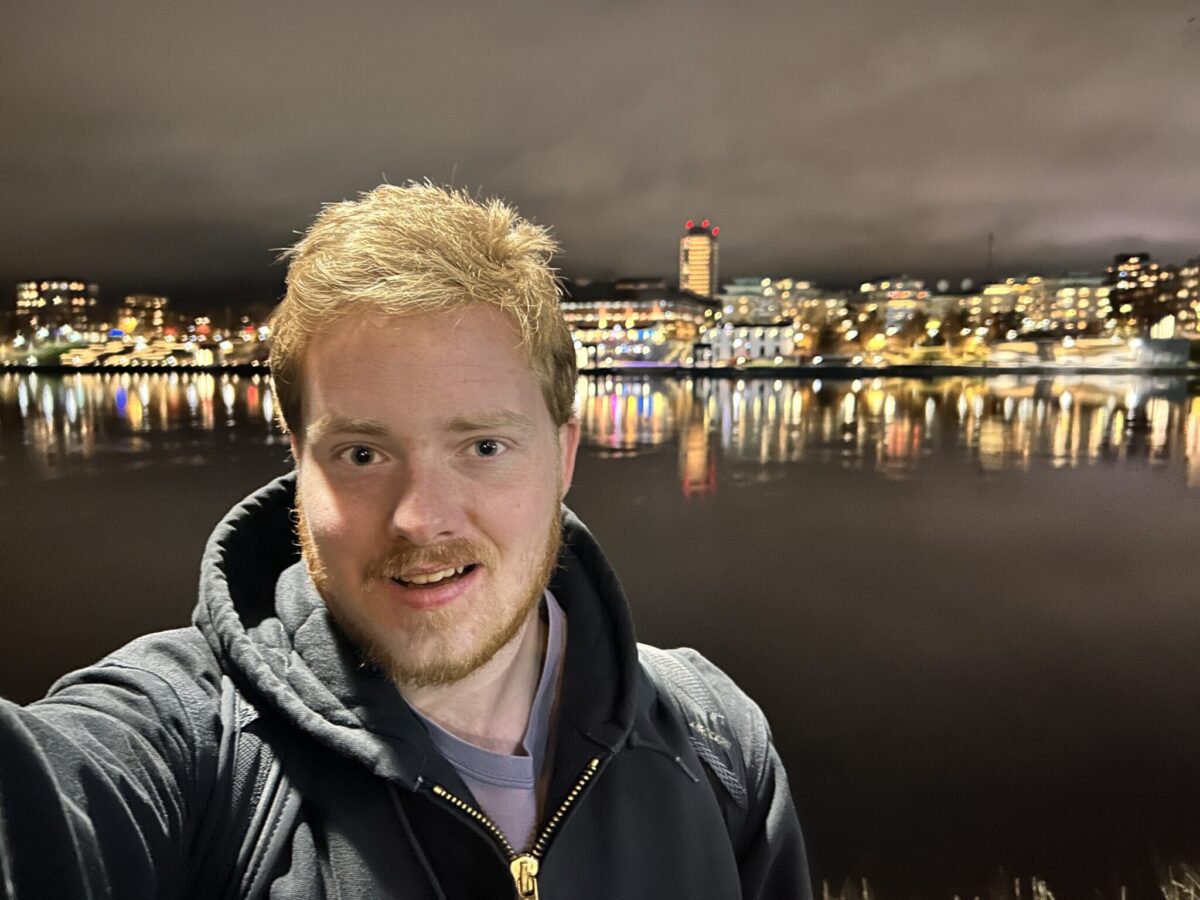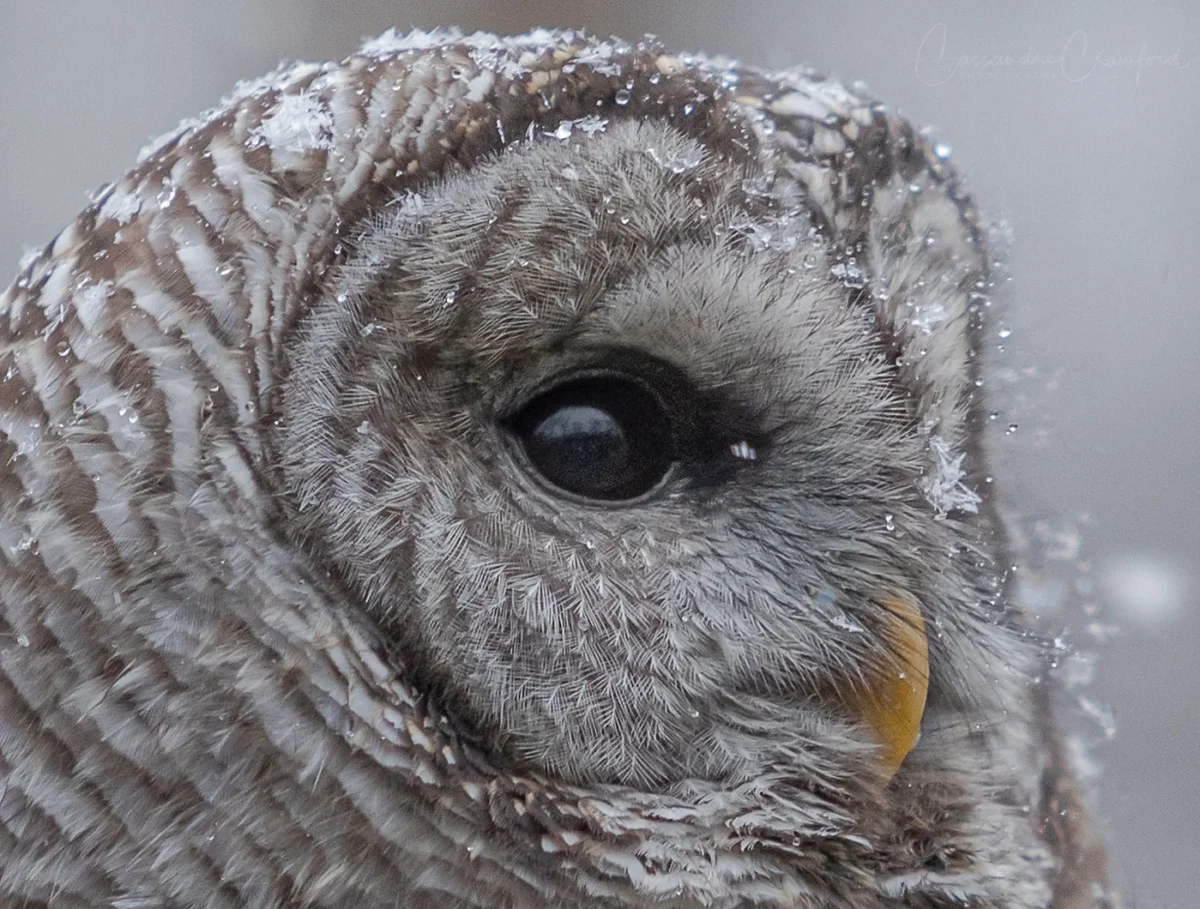Hawaii- a word that immediately inspires daydreams of bright sandy beaches, lush tropic scenery bursting with flowers of every size and color, and luau celebrations with flaming torches and beautiful dancers. Many are lucky to find themselves here on vacation to escape the real world, because it is a something of a heaven on Earth; I have been lucky enough to enjoy its surreal beauty while also being a part of an incredible organization at the Makauwahi Cave Reserve. This 17-acre plot was once home to the very first sugar plantation in America, and has since gone from acres of sugarcane, to overgrown invasive plants, and is now slowly being reconverted to its natural Hawaiian ecosystem. The reserve is a multi-faceted project with three main parts- the “re-wilding” of native Hawaiian plants, the giant land tortoises who are our living science experiment, and of course, the cave itself. Each aspect of the organization as a whole supports all the rest to create a fascinating environment of rich history and groundbreaking conservation efforts.
It all began with the cave, discovered by Drs David and Lida Burney and immediately recognized as a unique site with much potential for archaeological research. The more that they learned about the cave, the more it revealed itself to be significant scientifically as well as culturally. It was a sacred space for ancient Hawaiians, used as a burial ground and a spiritual sanctuary. The groundwater in the cave has a perfectly neutral pH of 7- a trait unique to only four caves in the world- which allows every type of specimen to be perfectly preserved. They dug up iron nails and goat teeth of European colonization, stone jewelry of the Polynesians, fossilized pollen grains 10,000 years old, and everything in between. The site paints an intricate picture of how the  landscape has changed throughout its evolution and the disturbance brought by the arrival of humankind nearly 1,000 years ago. These findings inspired the Burneys to create the surrounding reserve, a project they call “re-wilding” that dedicates itself to supporting native species’ growth and protection from invasives to recreate the landscape found on Hawaii before humans came. On the reserve you will find breadfruit, hala trees, varieties of palm, and many beautiful flowering shrubs such as the hibiscus and naupaka. These plantings are not only supporting their own species, but creating an environment that supports the native animals as well. We have constructed ponds, or “lo’i” in Hawaiian, to allow a safe space for native birds to live and flourish. You will also see giant land tortoises meandering about in the undergrowth, having made their home here after being introduced to the environment to see how they interact with the native plants.These tortoises, Leopard and Sulcata species, have very similar beaks to now-extinct Hawaiian birds, meaning that the native plants have developed defenses against such beaks. As it turns out, the tortoises don’t touch these species and are happily satisfied being our “weedeaters.”
landscape has changed throughout its evolution and the disturbance brought by the arrival of humankind nearly 1,000 years ago. These findings inspired the Burneys to create the surrounding reserve, a project they call “re-wilding” that dedicates itself to supporting native species’ growth and protection from invasives to recreate the landscape found on Hawaii before humans came. On the reserve you will find breadfruit, hala trees, varieties of palm, and many beautiful flowering shrubs such as the hibiscus and naupaka. These plantings are not only supporting their own species, but creating an environment that supports the native animals as well. We have constructed ponds, or “lo’i” in Hawaiian, to allow a safe space for native birds to live and flourish. You will also see giant land tortoises meandering about in the undergrowth, having made their home here after being introduced to the environment to see how they interact with the native plants.These tortoises, Leopard and Sulcata species, have very similar beaks to now-extinct Hawaiian birds, meaning that the native plants have developed defenses against such beaks. As it turns out, the tortoises don’t touch these species and are happily satisfied being our “weedeaters.”
The Makauwahi Cave Reserve is a unique place with plenty of opportunity to learn. So far in my time here I have been introduced to Hawaiian plants I would have never seen or known otherwise, how to properly care for them, and the ways some of them can be used. It is primarily my job to maintain the reserve, and teach tourists and locals alike about what we are doing here. School groups from all over the island, pre-K to middle school, come by weekly as well to learn about the tortoises, the  cave’s history, and the conservation efforts of the reserve. A typical day consists of watering the tortoise pens, walking through the fields to ensure that all are healthy and where they need to
cave’s history, and the conservation efforts of the reserve. A typical day consists of watering the tortoise pens, walking through the fields to ensure that all are healthy and where they need to
be, cleaning and feeding the babies, and watering the plants in our greenhouse. We also work on various projects around the reserve to maintain a healthy landscape and clean trails, which consists of weeding invasives and pruning the natives. As much as I teach, I am learning each day. The innovation in conservation efforts, and the perspective taken on human interaction with our environment has been a priceless lesson for me, something I will not soon forget as I move forward in my Environmental Science career. The experience as a whole has taught me about adjusting to new environments and cultures. I have had the chance to work with and befriend locals who have told us about Hawaiian traditions and modern troubles they face. Growing up and living in Ohio all my life, being able to see and be immersed in a new culture is invaluable. My self- motivation, curiosity, and gratitude flourish with every day spent on this beautiful island. I feel that I have grown immensely already, in knowledge and in strength, and can’t wait to see what the next few weeks have in store.





